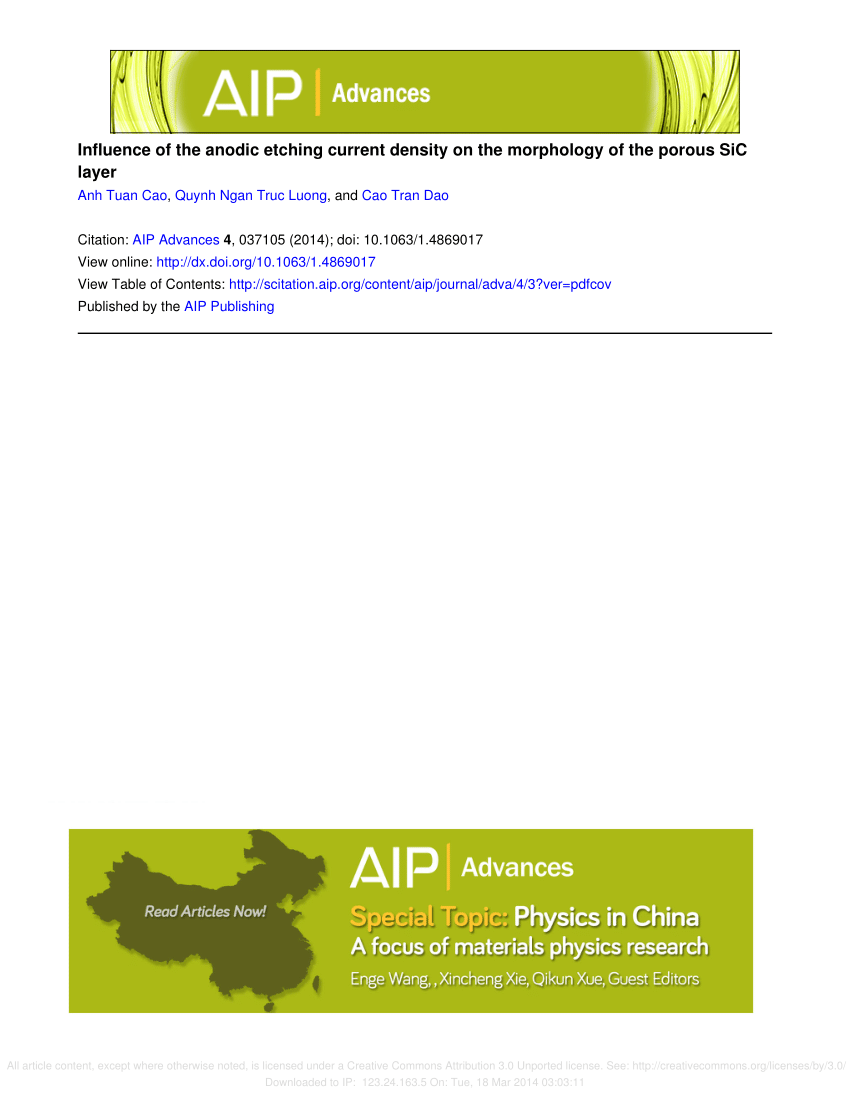Atomistic simulation study of Li5GaO4 for lithium-ion batteries
IF 1.4
4区 物理与天体物理
Q4 MATERIALS SCIENCE, MULTIDISCIPLINARY
引用次数: 0
Abstract
The advancement of rechargeable batteries for electronic devices requires continuous development of innovative materials for anodes, cathodes, and electrolytes. Li5GaO4 stands out as a promising electrode material for lithium-ion batteries, demonstrating swift Li-ion conductivity. Employing sophisticated computational simulation techniques based on classical potentials, we investigate the defect, diffusion, and dopant characteristics of Li5GaO4. Our simulations reveal that the Li Frenkel defect process possesses a minimum energy of 1.00 eV, while the Li–Ga anti-site isolated defect exhibits a higher energy. The Li–Ga anti-site cluster defect is favored over the Li–Ga anti-site isolated defect due to an exothermic binding of isolated defects forming a cluster (−2.28 eV). The projected long-range Li diffusion pathway aligns along the c-axis, featuring an activation energy of 0.42 eV. Notably, Na and Al emerge as the most promising isovalent dopants for the Li and Ge sites, respectively, with solution energies of −0.92 and 3.62 eV. Furthermore, the introduction of Si doping at the Ga site facilitates the formation of Li vacancies. This study offers crucial insights into the design of advanced materials, improving the capacity and performance of lithium-ion batteries, particularly addressing challenges associated with liquid electrolytes by utilizing solid electrolytes.用于锂离子电池的 Li5GaO4 原子模拟研究
电子设备充电电池的发展需要不断开发创新的阳极、阴极和电解质材料。Li5GaO4 是一种很有前途的锂离子电池电极材料,具有快速的锂离子传导性。我们采用基于经典电位的复杂计算模拟技术,研究了 Li5GaO4 的缺陷、扩散和掺杂特性。模拟结果表明,锂 Frenkel 缺陷过程的最小能量为 1.00 eV,而锂镓反位孤立缺陷的能量更高。与镓锂反位孤立缺陷相比,镓锂反位簇缺陷更受青睐,这是因为孤立缺陷形成簇的放热结合(-2.28 eV)。预测的锂长程扩散路径沿 c 轴排列,活化能为 0.42 eV。值得注意的是,Na 和 Al 分别以-0.92 和 3.62 eV 的溶解能成为锂和 Ge 基底最有希望的异价掺杂剂。此外,在 Ga 位点引入硅掺杂剂有利于锂空位的形成。这项研究为设计先进材料、提高锂离子电池的容量和性能,特别是通过利用固体电解质解决与液态电解质相关的挑战提供了重要见解。
本文章由计算机程序翻译,如有差异,请以英文原文为准。
求助全文
约1分钟内获得全文
求助全文
来源期刊

AIP Advances
NANOSCIENCE & NANOTECHNOLOGY-MATERIALS SCIENCE, MULTIDISCIPLINARY
CiteScore
2.80
自引率
6.20%
发文量
1233
审稿时长
2-4 weeks
期刊介绍:
AIP Advances is an open access journal publishing in all areas of physical sciences—applied, theoretical, and experimental. All published articles are freely available to read, download, and share. The journal prides itself on the belief that all good science is important and relevant. Our inclusive scope and publication standards make it an essential outlet for scientists in the physical sciences.
AIP Advances is a community-based journal, with a fast production cycle. The quick publication process and open-access model allows us to quickly distribute new scientific concepts. Our Editors, assisted by peer review, determine whether a manuscript is technically correct and original. After publication, the readership evaluates whether a manuscript is timely, relevant, or significant.
 求助内容:
求助内容: 应助结果提醒方式:
应助结果提醒方式:


